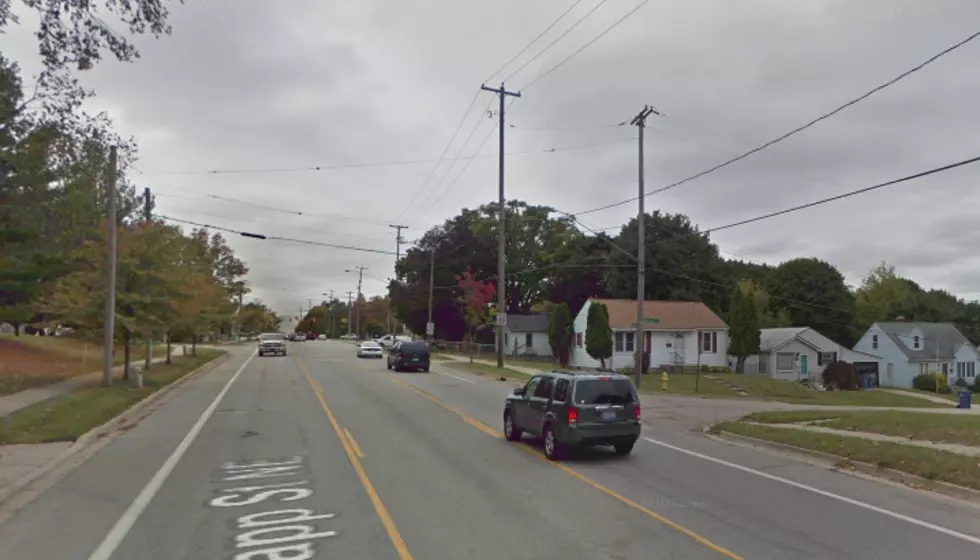
Toxic Gas Causes Cancer Risk Four Times Greater Than National Average In Grand Rapids
In a shocking story out of the Chicago Tribune, a swath of the Grand Rapids area has a cancer risk of nearly four times the nation's average due to ethylene oxide emissions from a manufacturing plant.
A report on our nation's air quality was released by the Environmental Protection Agency and a section of Grand Rapids was deemed to be at high risk because of Viant's medical device manufacturing plant. The plant emits ethylene oxide, which is highly toxic and is known to cause cancer. The emissions are most concentrated in Tract 27, a section of Kent County which is highlighted below. That area of the city is home to over 3,500 people and also includes part of the downtown GVSU campus.
Despite the report coming out in 2018, the EPA did not warn Grand Rapids residents of the toxic gas being emitted from the Viant facility.
Just to put this all into perspective, the air quality in this area is among the worst in the entire nation and is the worst in Michigan. That means it is worse than in the heart of the industrial zones of Detroit, Flint, and Lansing. The 3,500 people living in Tract 27 live in literally one of the most toxic air quality zones in the entire United States.
The increased rate of cancers isn't just confined within Tract 27 of Kent County either. Two other Tracts (19 and 15) located to the northeast of the facility are also at greater risk for cancer. You can see the full map that the Chicago Tribune posted about the air quality here.
Almost 13,000 people live in the heavily affected areas and according to the EPA, some of the dangerous ethylene oxide gases are even drifting into the downtown area.
As of right now, the Viant plant continues to emit ethylene oxide, but the company has announced that they plan on no longer using the chemical by the end of 2019.
In addition to the FAQ, the Michigan Department of Health and Human Services also released a review of the air quality situation stating "MDHHS review finds no significant increase in cancers near Viant Medical Facility". But in the same review they also stated that "a statistical increase in cancer incidence from EtO would most likely not be detectable."
Here is a summary of their findings:
The review found:
- Slightly fewer breast cancer cases in the area than expected when compared to both Kent County and the state.
- Slightly more multiple myeloma cases in the area compared to Kent County, but when compared to the state, there was no significant difference in the number of cases.
- No significant differences in the number of cases of leukemia, Hodgkin lymphoma or non-Hodgkin lymphoma in the area compared to either Kent County or the state.
There are limitations to the review that should be noted:
- Data from the Michigan Central Cancer Registry does not have the information necessary to determine that cancer incidence is related to environmental contamination.
Given the long period of investigation, it is possible that people relocating to or leaving the area could have affected the findings. - Given the low levels of exposure estimated from modeling and the small population of the area, a statistical increase in cancer incidence from EtO would most likely not be detectable.
Despite the MDHHS's review, their sampling clearly showed that levels of ethylene oxide are within the range for "Initial Risk" and "Secondary Risk". You can read their sampling process and data here.
More From Magic 104.9










